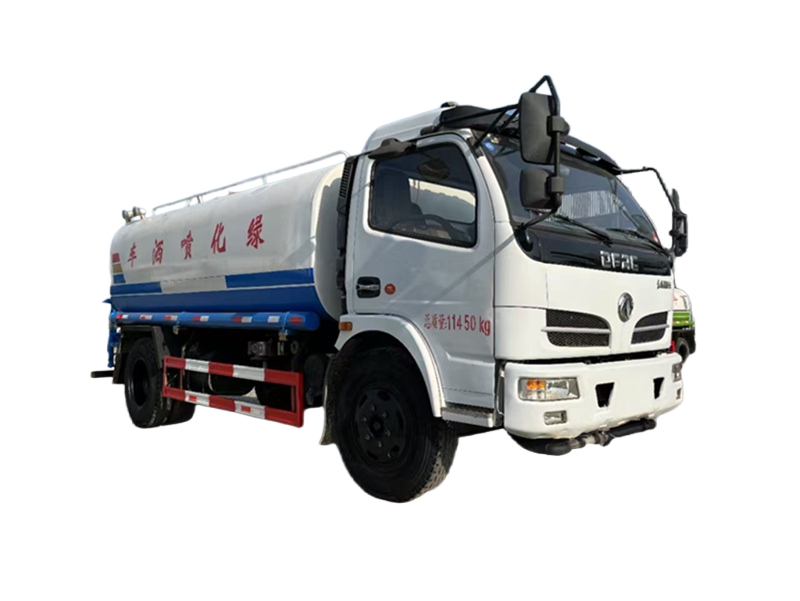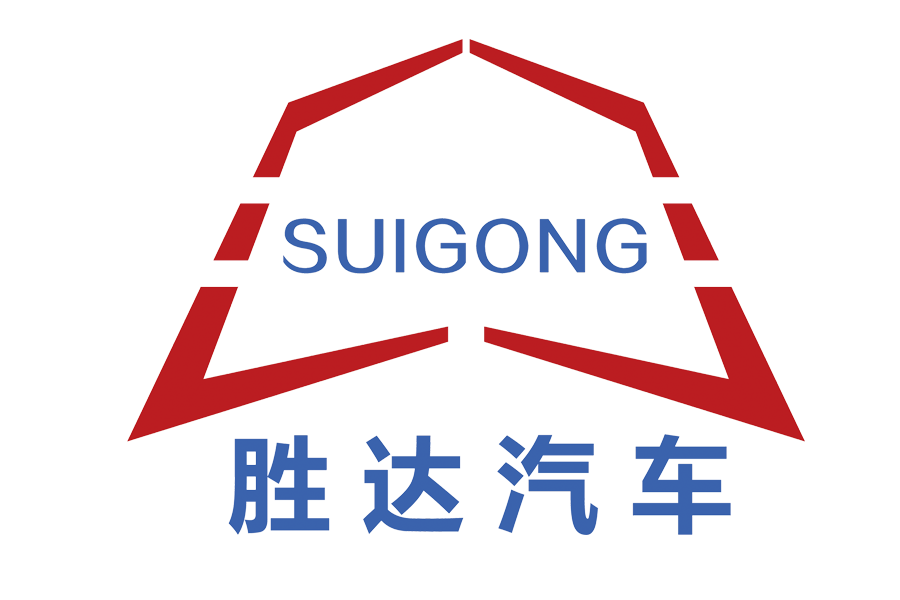Sprinkler Trucks Adapt: Smart Solutions for Urban Resilience and Public Health
As cities worldwide confront rising pollution levels, extreme weather events, and evolving public health needs, sprinkler trucks are undergoing a quiet transformation. Once viewed as simple tools for street cleaning, these vehicles are now integral to multi-layered strategies aimed at enhancing urban livability—with innovations that blend technology, community input, and environmental stewardship.
Targeted Interventions for Air Quality
In polluted megacities like Delhi, India, sprinkler trucks have become frontline warriors in the battle against airborne particulates. The city’s municipal corporation recently deployed 100 specialized “anti-smog” sprinklers equipped with high-pressure nozzles that disperse water mist at heights of up to 15 meters, targeting pollutants trapped in lower atmospheric layers. A 2024 report showed that areas with daily sprinkler operations saw a 22% reduction in PM2.5 levels during peak pollution seasons.
“We’re not just wetting roads—we’re creating microclimates that disrupt pollutant accumulation,” explains Dr. Anjali Sharma, an environmental scientist collaborating with Delhi’s urban development department. The trucks now operate on dynamic schedules, guided by real-time air quality data from city-wide sensors, ensuring deployment in the most affected zones.

Community-Driven Scheduling and Accessibility
Cities are increasingly involving residents in shaping sprinkler truck operations. In Vancouver, Canada, a mobile app allows citizens to report dust hotspots—such as construction zones or unpaved alleyways—where sprinkler trucks are then prioritized. The initiative, launched in 2023, has reduced public complaints about dust by 40% and improved response times to emerging issues.
In Tokyo, sprinkler trucks now feature adjustable water pressure settings to accommodate community needs. In residential areas with elderly pedestrians, lower pressure minimizes slippery surfaces, while higher pressure is used in industrial zones for heavy-duty cleaning. “It’s about balancing functionality with safety,” says Hana Tanaka, a city transportation official. “Residents feel heard, and compliance with watering schedules has improved.”
Innovative Attachments Expand Capabilities
Modern sprinkler trucks are no longer one-trick ponies. Manufacturers are developing modular attachments that extend their utility beyond traditional tasks. In Sydney, Australia, some trucks now carry UV-C light sanitization units, used to disinfect public spaces like bus stops and park benches after hours—an adaptation born from post-pandemic hygiene concerns.
In snowy regions like Stockholm, Sweden, winter-ready sprinkler trucks switch out water tanks for eco-friendly de-icing solutions, combining street cleaning with snow management. “Why have separate fleets when one can do both?” asks Lars Nordin, a public works director. “It’s cost-effective and reduces our carbon footprint.”
Water Wisdom in Arid Climates
In water-scarce cities, sprinkler trucks are leading experiments in resource efficiency. Dubai, United Arab Emirates, has introduced solar-powered sprinkler trucks that use energy from rooftop panels to power their pumps, reducing reliance on the grid. These trucks also feature precision mapping to avoid over-spraying on desert-adapted landscaping, which requires minimal water.
In Cape Town, South Africa, lessons from the 2018 “Day Zero” water crisis persist. Sprinkler trucks there now use a combination of desalinated seawater and recycled gray water, with strict monitoring to ensure no potable water is wasted. “Every drop counts,” says Nomvula Mbatha, a water conservation officer. “Our sprinkler fleet is a model for responsible urban resource use.”

